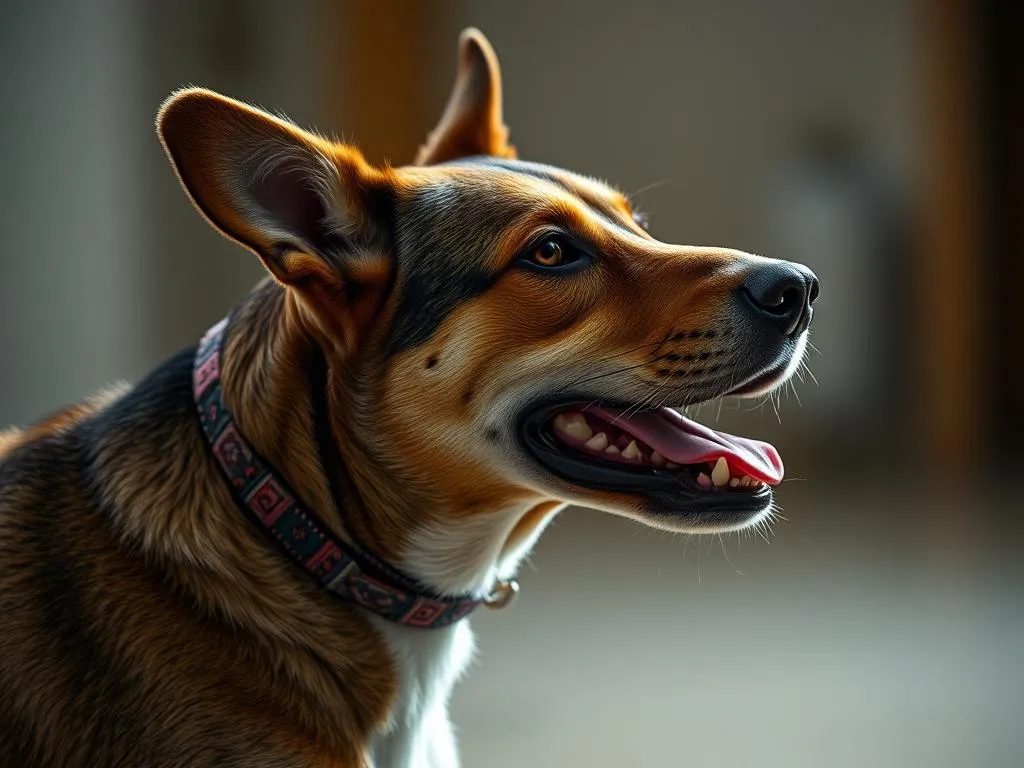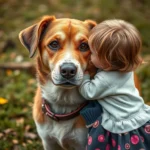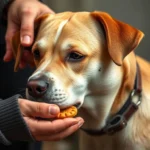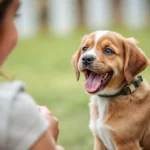
Introduction
Reactive Dog Training involves teaching our furry companions to respond appropriately to stimuli that they find overwhelming or threatening. Reactive behavior in dogs can manifest in various ways, including barking, lunging, and growling. Addressing these behaviors is crucial for fostering a harmonious lifestyle for both the dog and its owner.
Common causes of reactivity often stem from fear, anxiety, or past trauma. A lack of socialization and exposure to diverse environments can further exacerbate these issues. This article will delve deep into the understanding of reactive behavior, assessment techniques, effective training methods, and strategies for maintaining long-term success.
Understanding Reactive Behavior in Dogs
What is Reactivity?
Reactivity refers to a dog’s heightened response to external stimuli, which can often be confused with aggression. While aggressive dogs may intend to harm, reactive dogs are typically responding to their environment out of fear or anxiety. Common examples of reactive behaviors include barking at other dogs, lunging at people, or growling when approached.
Signs of a Reactive Dog
Recognizing the signs of reactivity in dogs is essential for effective training. Body language indicators can include:
- Tail Position: A low, tucked tail may indicate fear, while a high, stiff tail can suggest excitement or aggression.
- Ear Posture: Ears pinned back or held high can signal discomfort or alertness.
- Facial Expressions: A dog showing a tense face, with lips curled back, may be feeling threatened.
Situational triggers often include the presence of other dogs, strangers, or loud noises. Being aware of these triggers can help owners manage their dogs’ reactions more effectively.
The Psychology Behind Reactivity
Several factors contribute to a dog’s reactivity. Genetics can play a role, as certain breeds are more predisposed to anxious behaviors. Additionally, early experiences and the environment a dog is raised in can have a significant impact. Stress and fear can reinforce reactive behaviors, creating a cycle that is challenging to break.
Assessing Your Dog’s Reactivity
Self-Assessment for Owners
Before embarking on reactive dog training, it’s beneficial for owners to conduct a self-assessment. Consider asking yourself the following questions:
- How does my dog react to other dogs or people?
- Are there specific situations that trigger a negative response?
- Has my dog had previous negative experiences that could contribute to their behavior?
Journaling incidents can also help identify patterns and triggers, allowing for a more tailored training approach.
Professional Evaluation
In some cases, seeking assistance from a professional trainer or behaviorist may be necessary. During a behavioral evaluation, professionals will assess your dog’s behavior, identify triggers, and recommend appropriate training techniques. This can provide invaluable insights, especially for severe cases of reactivity.
Reactive Dog Training Techniques
Foundation of Training
The foundation of any successful training program is building a positive relationship with your dog. Establishing trust and communication is paramount, as it creates a safe space for your dog to learn and grow. Positive reinforcement techniques should be the cornerstone of your training approach.
Techniques for Managing Reactivity
Desensitization is a fundamental technique in reactive dog training. This involves gradually exposing your dog to their triggers at a distance where they remain calm. Over time, you can decrease the distance, allowing your dog to become accustomed to the presence of their triggers without feeling threatened.
Counter-conditioning is another effective strategy. This method involves associating the presence of a trigger with positive experiences, such as treats or praise. For example, if your dog reacts negatively to other dogs, you can reward them with treats when they remain calm in their presence.
Focus exercises are critical for helping your dog redirect their attention away from triggers. Teaching commands like “look” or “watch me” can encourage your dog to focus on you instead of the distraction. This not only aids in managing reactivity but also strengthens your bond.
Advanced Training Methods
Clicker Training is an excellent tool for reinforcing positive behavior. By using a clicker to mark desired behaviors, you can effectively communicate to your dog what actions you want them to repeat. This method is particularly useful in conjunction with desensitization and counter-conditioning techniques.
Leash Training is essential for managing reactive behavior during walks. Using the right equipment, such as a front-clip harness, can provide better control and reduce pulling. Teaching your dog to walk calmly on a leash can significantly decrease reactive episodes during outdoor excursions.
Creating a Safe Training Environment
Home Environment
Creating a safe space at home for your dog to retreat to when feeling overwhelmed can make a significant difference in their training success. Designate specific areas where your dog can relax and unwind, free from distractions. Additionally, setting up training zones that are quiet and calm can facilitate a more focused training session.
Outdoor Training Strategies
Choosing appropriate locations for training sessions is crucial. Opt for quiet areas with minimal distractions for initial training. As your dog becomes more comfortable, gradually introduce them to busier environments. Timing your walks to avoid crowded areas can also help in reducing the likelihood of triggering reactive behavior.
Building a Long-Term Training Plan
Setting Realistic Goals
Establishing realistic and achievable goals is essential for effective reactive dog training. Break down training into manageable milestones, focusing on one behavior at a time. Celebrate small victories and remember that progress may take time, so patience is key.
Monitoring Progress
Keeping track of your dog’s improvements and setbacks is beneficial for adjusting your training techniques. Documenting your dog’s responses to various situations can help you identify what works and what needs modification.
Tips for Maintaining Training Success
Consistency is Key
Consistency in training is vital for success. Incorporate daily practice into your routine, ensuring that training remains a regular part of your dog’s life. Involving family members in the training process can provide additional support and reinforce the behaviors you’re teaching.
Encouraging Positive Socialization
Controlled socialization opportunities with other dogs and people can enhance your dog’s confidence and reduce reactivity. Consider enrolling in group training classes or setting up meet-ups with other dog owners. Positive interactions can help your dog learn to navigate social situations more comfortably.
Common Challenges and Solutions
Dealing with Setbacks
It’s important to understand that progress in training may not always be linear. Setbacks can occur, and it’s essential to approach them with patience and understanding. If you encounter challenges, revisit your training techniques and be willing to adapt your approach.
When to Seek Professional Help
Recognizing when to seek professional assistance is crucial. Signs that indicate a need for a trainer or behaviorist include persistent reactivity despite training efforts, inability to manage your dog’s behavior, or if your dog poses a danger to themselves or others. When looking for a professional, seek someone with experience in reactive dog training and a positive reinforcement approach.
Conclusion
Reactive dog training is a vital aspect of responsible dog ownership. Understanding the nature of reactivity, assessing your dog’s behavior, and implementing effective training techniques can lead to a more harmonious relationship between you and your furry companion.
Remember to remain patient and committed throughout the training journey. With time, consistency, and the right strategies, the benefits of a well-trained reactive dog extend not only to the dog but also enrich the owner’s life.
By investing time and effort into training, you’re taking significant steps toward ensuring a happy and healthy life for both you and your dog.









